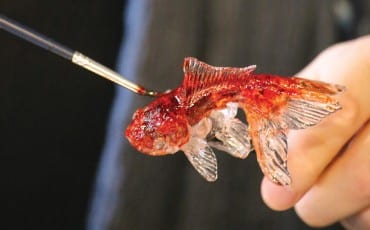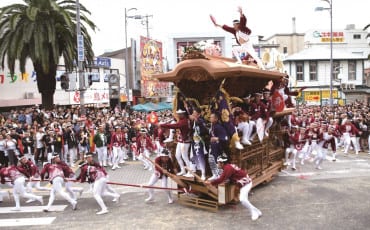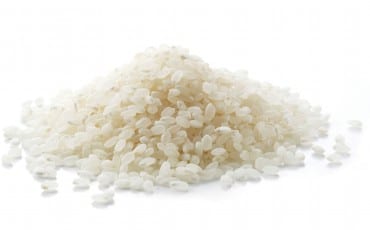Articles
Features
Oct 1, 2013
A Cut Above The Rest
Slice of Life
Mention quality meat, and Japan would most likely be one of the countries that come to mind. But the popularity of meat commenced only from the Meiji period. During the Kamakura era (1185–1333), the shedding of animal blood was considered offensive, thus the wholesale ban on meat. Locals relied mainly on rice, seafood and vegetables. Post-modernisation, however, led to the gradual demand of meat.
Today, Japan is famed for prized meats such as Wagyu beef and Kurobuta pork – though pork originated from the English county of Berkshire, England. While the type of meat and cooking methods play top roles in the taste department, one of the more overlooked areas is the way the meat is cut. The angle at which it’s sliced – whether you cut it against or along the grain – can determine if the meat ends up tender or with a
rubbery texture.
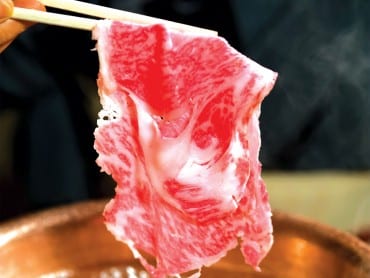
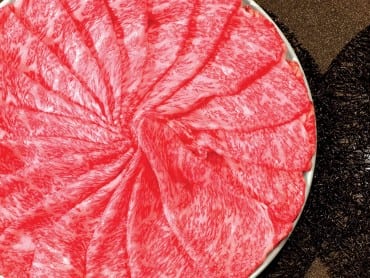
Nantsune introduced the first-ever meat slicer in Japan in 1929. Besides ensuring precision cutting and chopping techniques, Nantsune’s state-of-the-art slicing machines also consistently deliver in terms of quantity, hygiene, and speed.
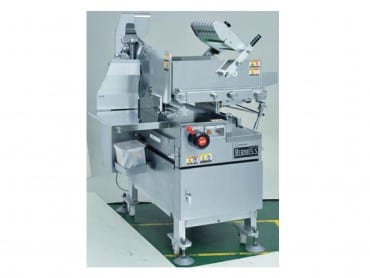
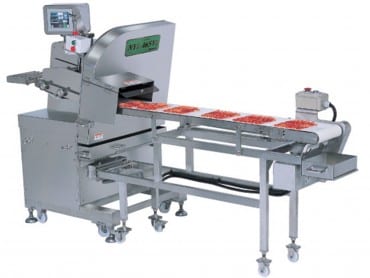
NAS-330S HERMES S
Waterproof and heat-resistant, the High Clean Meat Slicer operates at 75 slices per minute and can be easily dismantled and reassembled for cleaning.
NYL-165 V2
Set at ultra-high speed, the Barbecue Meat Slicer with stainless-steel cutters can slice at up to 250 slices per minute. Operation is made easy too, thanks to its colour touch panel display, which allows you to customise your preferred cut option including thickness and speed. Suitable for a wide range of meat products such as barbecue, Shabu Shabu, cutlet and steak.
Nantsune Co. Ltd. www.nantsune.co.jp/en/





